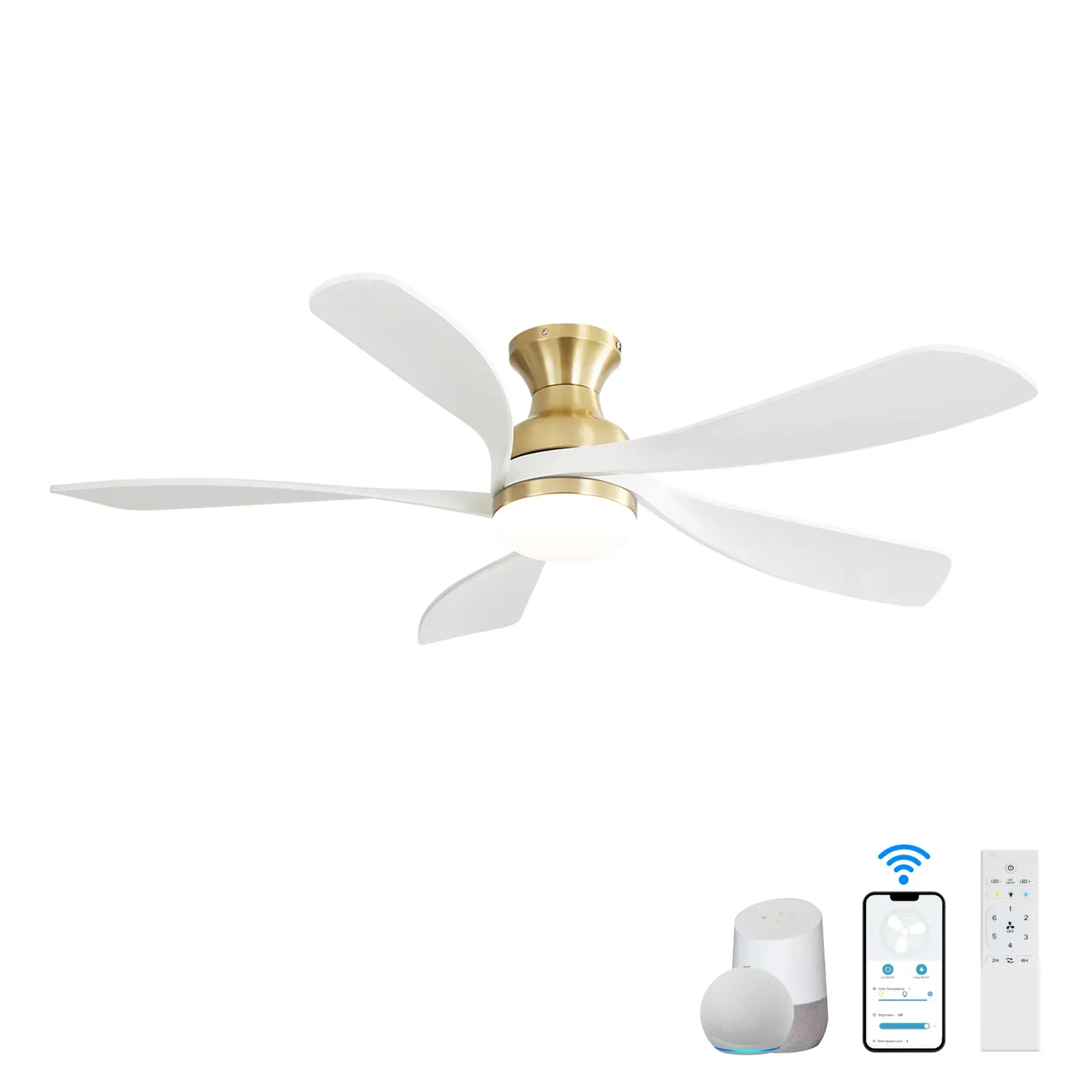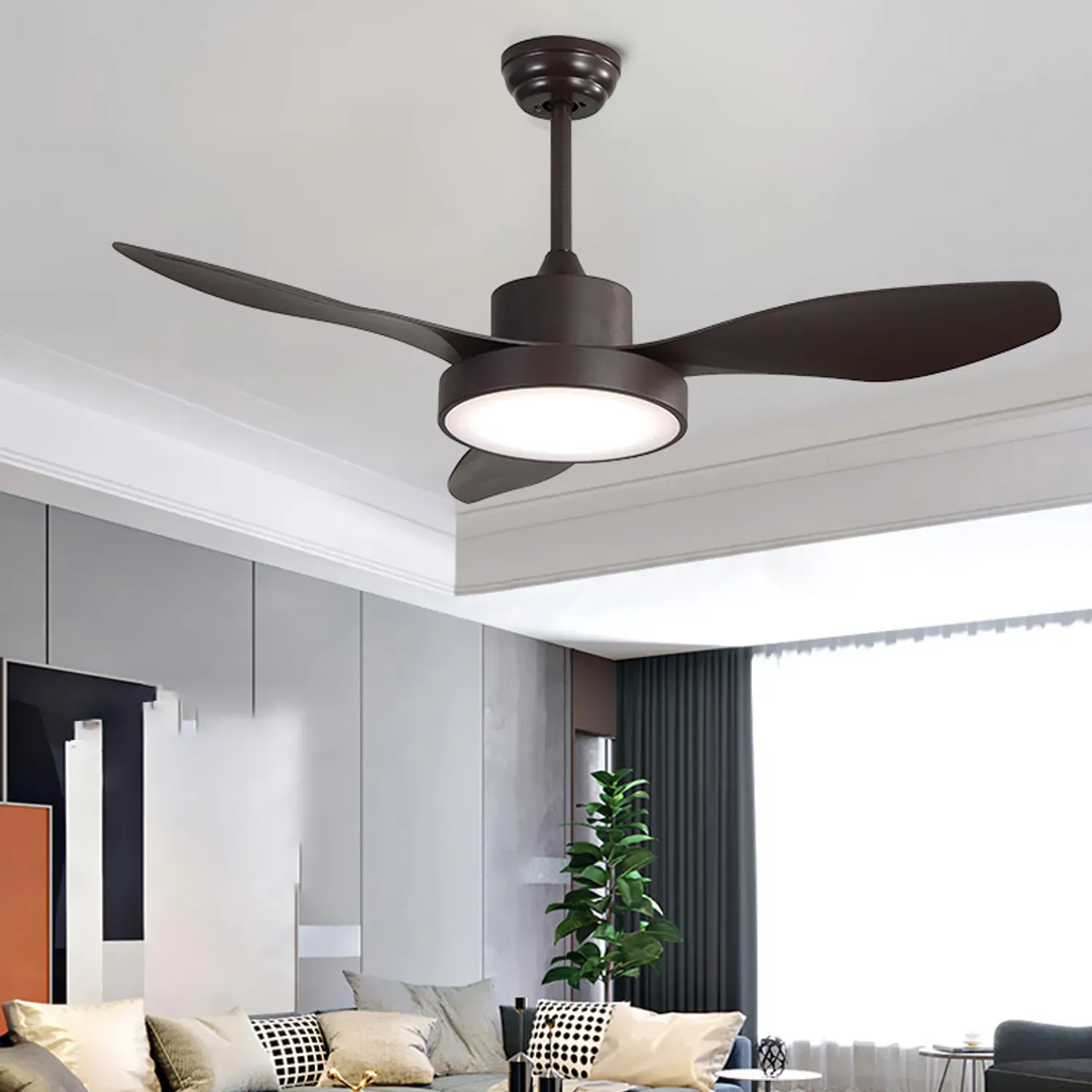
Ceiling Fan vs. Air Conditioner - Which is Your Cool Companion?
Amidst the relentless summer heat, the pursuit of coolness becomes paramount. While a brief refuge can be found in front of an open fridge, it fails to provide enduring relief. In the realm of cooling solutions, two contenders emerge: the steadfast ceiling fan and the powerful air conditioner.
The timeless debate rages on: which prevails, the ceiling fan or the air conditioner? This enduring question fuels impassioned discussions, dividing opinions sharply. On one hand, the significant operational costs of an air conditioner stand in contrast to the modest expenses associated with a ceiling fan. However, when temperatures climb above 30°C, can a simple ceiling fan truly offer adequate respite?
The answer is nuanced and influenced by various factors.
Understanding How They Work
Ceiling fans and air conditioning systems operate differently but aim to regulate indoor temperatures effectively.
Ceiling fans create airflow by rotating their blades, which pushes air downward, producing a cooling breeze. This airflow aids in evaporating moisture from the skin, offering a cooling effect. Many ceiling fans feature reversible motors, allowing them to be used in both summer and winter. During summer, the blades rotate counterclockwise to create a cooling breeze, while in winter, they can be set to rotate clockwise to push warm air down from the ceiling.
In contrast, air conditioning systems employ a refrigeration cycle to remove heat and humidity from indoor air. They transfer heat from inside the building to the outdoors, leaving behind cooler air. Additionally, air conditioners dehumidify the air by condensing moisture out of it, enhancing comfort levels. There are various types of air conditioning systems, including window units, split systems, and central air conditioning, each with its unique cooling and distribution methods.
Comparing Lifespans
Ceiling Fans: High-quality ceiling fans can endure for 10 to 15 years or more with adequate upkeep. Routine cleaning, lubrication of moving parts, and occasional motor maintenance can extend their lifespan. Conversely, cheaper or lower-quality fans may only last around 5 to 10 years.
Air Conditioning Units: Air conditioning units typically last between 10 to 15 years, although this timeline can vary depending on factors like usage, climate conditions, and maintenance practices. Regular servicing, such as filter cleaning or replacement, refrigerant level checks, and electrical component inspections, can prolong their lifespan. Opting for higher-quality units and ensuring proper installation also contribute to their longevity.
Advantages of Air Conditioning Systems
Air conditioning systems have undergone significant advancements over the years, boasting improved efficiency and quieter operation. They excel in delivering superior cooling, particularly during intense heatwaves when temperatures spike. In regions with warmer climates, air conditioners have shifted from being a luxury item to an essential component of everyday life.
During scorching days, households often gather in one room, sealing off windows and doors, relying on air conditioners to create a comfortable indoor oasis. While diverse air conditioning options exist, window units are ideal for cooling individual spaces. However, using them to cool entire homes can prove inefficient, potentially leading to heightened energy consumption and premature unit wear.
For those prioritizing ultimate comfort and convenience, ducted air conditioning emerges as a premium choice. With ducted systems, entire residences can be efficiently cooled or heated as desired. Advanced models even allow for distinct temperature settings in each room, catering to personalized comfort throughout the household. While ducted air conditioning may incur higher energy costs, the investment often pays off, especially during extreme heat spells.
In essence, air conditioning systems offer unparalleled cooling performance and comfort, making them indispensable for individuals in warmer climates. From window units to ducted setups, a range of options exists to accommodate diverse needs and preferences, ensuring everyone can revel in a cool and cozy indoor environment, even amid scorching temperatures.
Advantages of Ceiling Fans
Ceiling fans have become a ubiquitous feature in many households, adorning most rooms with their cooling prowess. One of their standout advantages is their versatility, often boasting a reverse function for winter use. This capability enables the fan to redistribute warm air downward, ensuring year-round comfort regardless of the season.
Beyond their adaptability, ceiling fans are remarkably user-friendly, demanding minimal upkeep and operating expenses. They represent an economical cooling alternative, consuming significantly less energy compared to air conditioners. Basking under a ceiling fan's gentle breeze can create a perceived temperature drop of up to 5 degrees, offering relief on sweltering summer days without denting the budget.
Unlike their air conditioning counterparts, ceiling fans can operate continuously without exerting a substantial impact on electricity bills. This renders them a budget-friendly and environmentally sustainable option for maintaining a cozy indoor ambiance throughout the day.
In essence, ceiling fans boast several advantages, including versatility, ease of use, low maintenance, and cost-effectiveness. Whether it's cooling down during scorching summers or circulating warmth in the winter, ceiling fans stand as a dependable and energy-efficient solution for enhancing comfort in any room.
Why Not Combine Both?
Integrating both ceiling fans and air conditioning units can provide a comprehensive cooling solution, particularly when feasible and within your financial means. This dual approach, when used effectively, can yield optimal results for maintaining indoor comfort. While the air conditioner effectively cools the air, the ceiling fan plays a crucial role in distributing the cool air throughout the room. Moreover, it helps circulate warm air for re-cooling by the air conditioner.
By harnessing both systems concurrently, you can adjust the thermostat on the air conditioner to a higher temperature and utilize the ceiling fan to push the cool air downward, creating a more refreshing ambiance. This collaborative strategy not only enhances comfort but also leads to significant energy savings. Furthermore, you can program the air conditioner to deactivate after a brief interval and rely on the ceiling fan to sustain airflow and coolness over time.
Making the Right Cooling Choice
The choice between ceiling fans and air conditioners is not a one-size-fits-all decision. It hinges on individual cooling needs and preferences. Ceiling fans are celebrated for their eco-friendly nature and cost-effectiveness, delivering effective cooling while consuming minimal energy compared to air conditioners. They also come with a lower upfront cost and installation expenses.
On the other hand, air conditioners offer precise temperature control and are better suited for cooling larger spaces efficiently. Despite their higher initial cost and energy consumption, air conditioners excel in providing instant relief from extreme heat, making them indispensable in regions with sweltering climates.
Ultimately, the decision depends on your unique circumstances. In mild climates where extreme heat is rare, a ceiling fan may suffice as a budget-friendly and energy-efficient cooling solution. However, for areas prone to high temperatures, combining both a ceiling fan and an air conditioner can optimize cooling efficiency while managing energy costs. It's essential to assess your needs and budget carefully before making a decision.
Final Thoughts
In conclusion, whether you choose the gentle airflow of a ceiling fan or the refreshing chill of an air conditioner, both provide unique benefits to meet your cooling needs. By recognizing the advantages and limitations of each option, you can make a knowledgeable choice tailored to your preferences, financial situation, and climate conditions.
Keep in mind that a ceiling fan remains a fundamental cooling solution. Discover the diverse selection of ceiling fans offered by Sofucor® to locate the ideal match for your requirements. Stop by our store now and find the perfect product for you.


